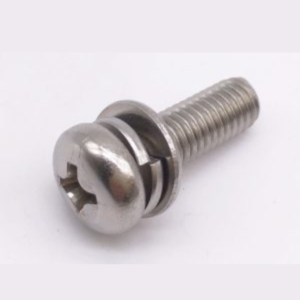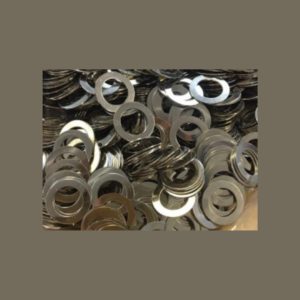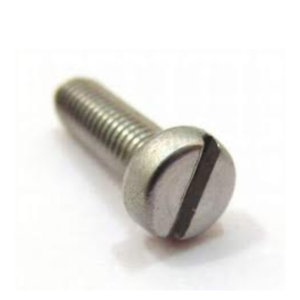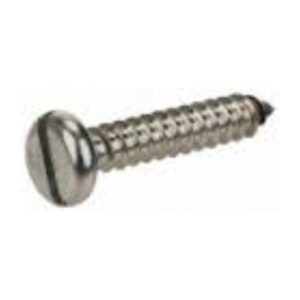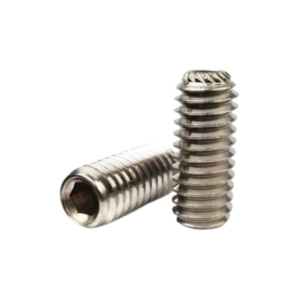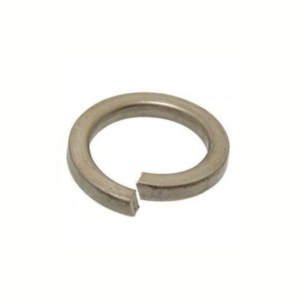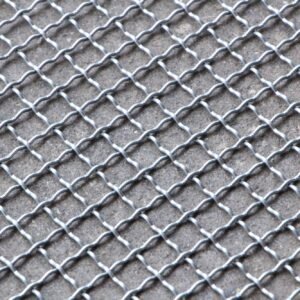Self-Clinching fasteners provide strong load bearing male or female threads in thin steel and aluminium panels.
Installation is neat and easy.
Simply locate the fastener into a pre-prepared hole and apply a parallel squeezing force to embed the fastener into the panel.
Self-Clinching fasteners work by utilizing a special clinch feature.
When the part is pressed into the hole, the parent material cold-flows into the clinch feature, effectively locking the fastener into the panel, providing excellent torque-out and push-out performance.
Self-Clinching fasteners require a parallel squeezing force to be applied for correct installation.
Equally important is the length of time the force is applied. Sufficient time must be allowed for the cold-flow clinching process to work (this is often referred to as the dwell time when installing on a hydraulic press).
A self clinching stud is designed to become a permanent fixture of the part, component, or device onto which it’s installed. Installation is usually performed during the initial fabrication stage or in final assembly of the metal chassis. Parallel squeezing force is applied in order to secure the stud to the sheet metal panel.
For the best dimensional accuracy and performance, it is recommended that all holes in the sheet metal application be punched.
These externally threaded fasteners become permanently mounted to a metal framework, reducing costs and assembly time by eliminating the necessity for loose hardware and additional installation processes.
Self clinching studs are used for varying purposes, though all varieties are built to withstand high levels of torque, heavy weights, and constant, repeated pull by the attached components.



